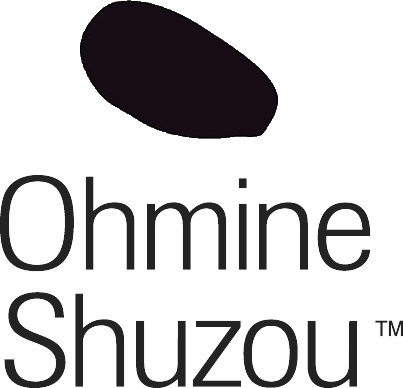Sake Guide (2025) | Beginner's Picks, Classification, Prices, Latest Offers!
Top 10 Sake Brands of 2025 Recommended by Sake Sommeliers
With so many varieties of Japanese sake, which one should you buy to avoid disappointment? Which one pairs well with sashimi and sushi? Which one is popular among Hongkongers? Which one do the Japanese prefer? What exactly are 'Ginjo' and 'Namagenshu'?
[Sake 101] Easy Sake Selection Guide - Namagenshu
[Sake 101] Optimal Serving Temperature for Sake
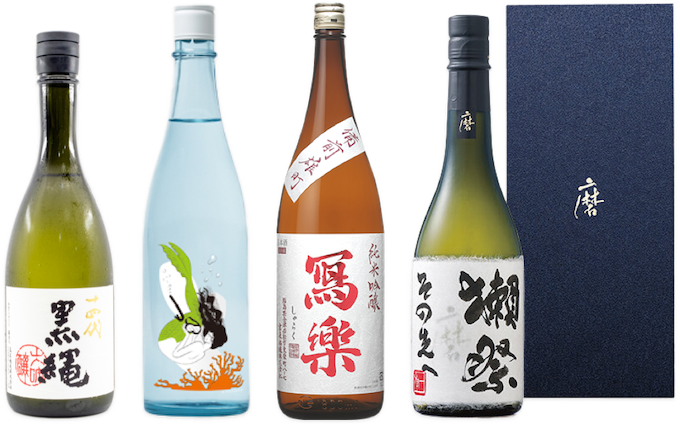
Online Store Limited Time Offer - Up to 50% Off!
Sakewa, the Sake online store in Hong Kong, offers over 300 popular sakes at special discounted prices. Enjoy free delivery on orders over $600 with same-day delivery available!
Get up to 50% off on limited-time offers! Plus, enjoy discounts on regular-priced items when you buy more. Explore the deals now!
Conveniently Located Sake Store
Sakewa, a renowned sake store in Hong Kong, boasts a selection of over 300 popular sakes. We are conveniently situated in Kwun Tong, with on-site sales, and are just a 1-minute walk from APM. Our store is manned by professional sake sommeliers ready to assist you in finding your perfect sake! We have an additional location in Tseung Kwan O for more options.
Benefit from our bulk purchase discounts, and enjoy special offers on select items with up to 50% off. Drop by and visit us today!
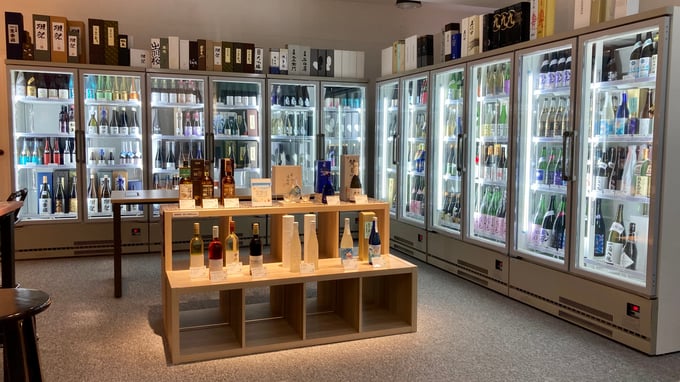
How Long Does Unopened Sake Keep? A Handy Guide to Understanding Sake Shelf Life!
The Four Major Categories of Japanese Sake - Aromatic, Refreshing, Rich, Mature
Popular Sake Picks
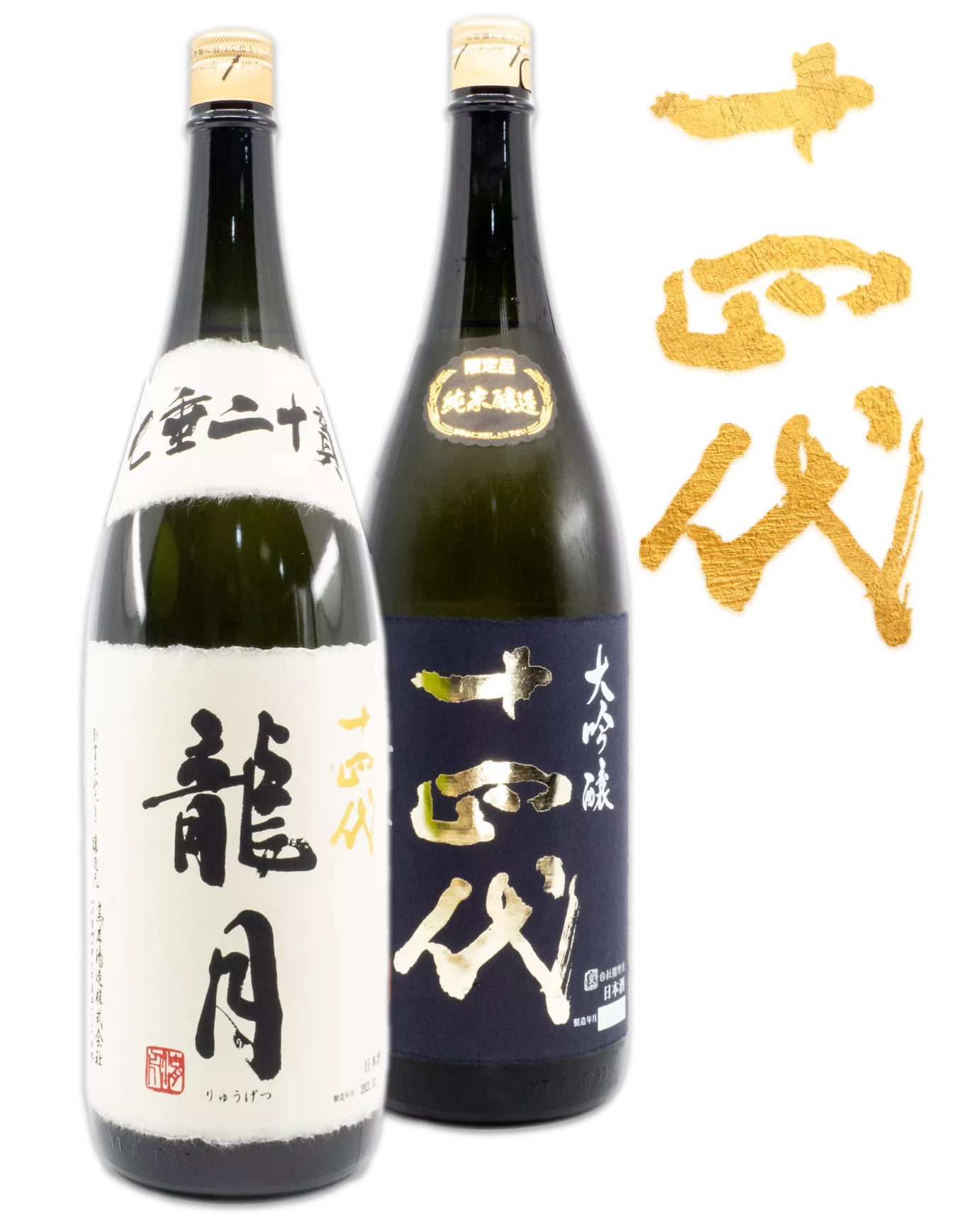
Ranked No.1 in Japan for 17 Consecutive Years
Revered as the King of Sake, Juyondai is a prized possession with its limited availability making it a 'phantom sake' sought after internationally. The Juyondai Sake breaks away from the traditional 'light and dry' style, focusing on brewing sake rich in fruity aromas. Its innovation in cultivating the rice used as raw material, along with continually refined top-notch brewing skills, has propelled Japanese sake onto the international stage— truly deserving the title of 'King of Sake'. The taste of Juyondai sake is sweet with a refreshing acidity, and a long-lasting finish, making it a tasteful choice whether enjoyed alone or with a meal!
Distinctive Sake Ware
How can one enjoy Japanese sake without the right sake glass? A good sake vessel not only enhances the tasting experience but also elevates the flavor and texture of the sake!
Sakewa has curated a collection of sake ware handcrafted by Japanese artisans. Made from materials like glass or tin, and coupled with the exquisite craftsmanship of the artisans, the finished products are refined, durable—take a look now!
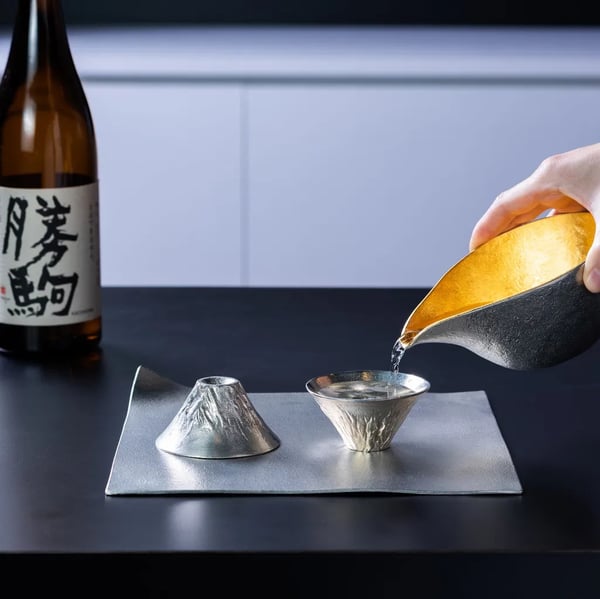
Sake 101 - Professional Sake Sommelier 'Q&A'
Is sake only suitable to be paired with sushi and sashimi?
Not at all! The variety of sake is vast and when it comes to food pairing, sake is as versatile as red or white wine, if not more! Sake, made from rice, has a rich umami flavor that complements seafood and meat wonderfully.
Take Ginjo sake, which is commonly found in Hong Kong, for example. Its fruity and rice aromatic qualities pair beautifully with seafood, sashimi, oysters, and sushi. However, if you switch to greasier dishes like fried food, tempura, or Cantonese stir-fries, a more refreshing 'Honjozo' sake could be a better choice. For simmered dishes or stronger-flavored cuisines like Chinese food and hot pot, a richer-tasting Junmai sake would be a great match. And when enjoying grilled meat, a 'Kimoto' or 'Yamahai' sake with a strong lactic character is ideal to cut through the greasiness of the meat, while its rich body pairs well with the meaty flavors!
How should sake be stored?
Unopened sake should be kept away from ultraviolet light and high temperatures. Most sake undergoes a pasteurization process known as 'Hiire,' allowing it to be stored at room temperature in a dark place. However, if you've purchased 'Namazake,' 'Nama-zume,' or 'Nama-chozo sake,' which have not been pasteurized or only once pasteurized, it is recommended to store them at low temperatures between 0-4°C (32-39.2°F).
Once opened, the sake begins to oxidize as it comes into contact with air, and its aroma starts to evaporate. If you're unable to finish the bottle at one go, we strongly recommend storing it in a refrigerator at 0-4°C (32-39.2°F) and consuming it within a week.
Should sake be served chilled or warmed?
The suitable temperature range for enjoying sake is quite broad, spanning from as low as 5°C to as high as 60°C. The Japanese have even designated specific terms for every 5-degree increment, showcasing their meticulous attention to the drinking temperature. As the temperature of sake changes, so do its aroma and flavor. When served chilled, sake is light and refreshing, whereas warming it tends to sweeten the taste, enhance the rice umami, and intensify the alcohol sensation.
For refreshing types of sake like 'Honjozo,' it's recommended to enjoy them chilled between 5-15°C, highlighting their crisp freshness. Aromatic types of sake, such as 'Junmai Daiginjo' and 'Daiginjo,' are best served slightly chilled at 10-25°C to bring out their fruity aromas as a too low temperature can diminish the fragrance. For rich types of sake like 'Junmai,' 'Kimoto,' and 'Yamahai,' it's advised to enjoy them at room temperature or warmed to 40-55°C, as it better brings out the rich umami flavors of the sake.
What is 'Daiginjo' sake?
The terms 'Ginjo' and 'Daiginjo' are used to denote sake brewed from highly polished rice. According to the current grading system for sake, if the rice is polished to 60% or less of its original size, the sake can be classified as 'Ginjo.' If the rice is polished to 50% or less of its original size, it can be classified as 'Daiginjo.'
Generally speaking, the more the rice is polished, the clearer, smoother, and more fruit-floral aromatic the resulting sake will be. However, since more rice is used due to the high polishing ratio, the price tends to be higher. This doesn’t necessarily mean that 'Daiginjo' sake is of superior quality; it merely represents a particular flavor profile in sake.
